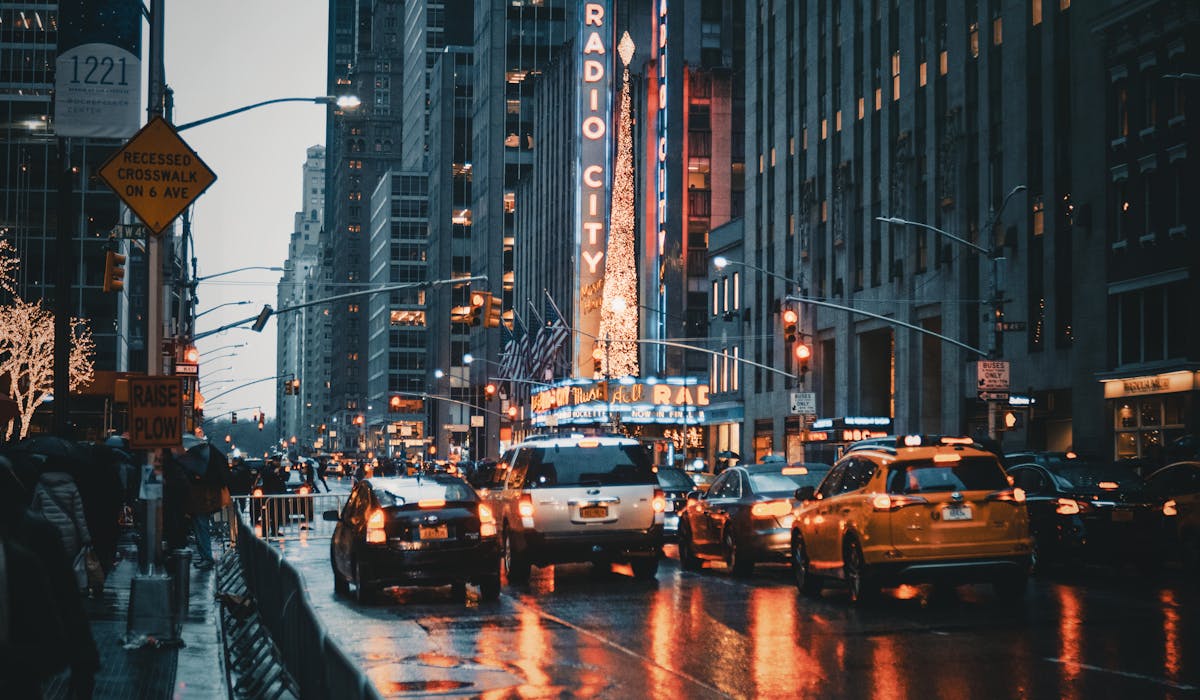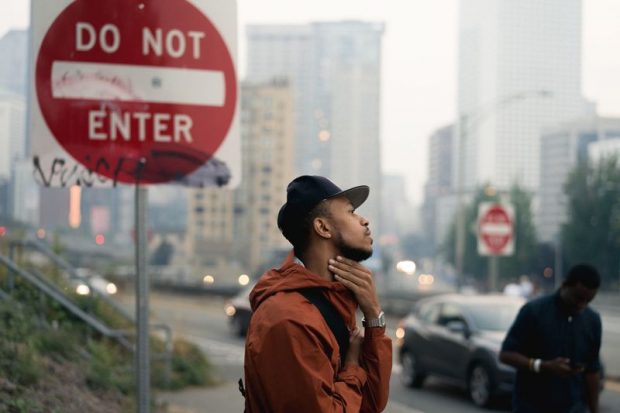5 Simple Techniques For Framing Streets
The smart Trick of Framing Streets That Nobody is Talking About
Table of ContentsThe Only Guide for Framing StreetsFraming Streets Fundamentals ExplainedFascination About Framing StreetsThe Ultimate Guide To Framing StreetsThe 30-Second Trick For Framing StreetsFraming Streets - Questions
, typically with the goal of recording pictures at a decisive or emotional moment by mindful framework and timing. https://www.pageorama.com/?p=framingstreets1.
What Does Framing Streets Do?
Susan Sontag, 1977 Road digital photography can concentrate on individuals and their habits in public. In this regard, the road professional photographer is comparable to social documentary digital photographers or photojournalists who likewise work in public locations, however with the aim of recording newsworthy events. Any one of these digital photographers' pictures may catch people and residential or commercial property noticeable within or from public locations, which typically requires browsing honest problems and legislations of privacy, safety and security, and property.
Representations of daily public life develop a genre in nearly every period of globe art, starting in the pre-historic, Sumerian, Egyptian and very early Buddhist art periods. Art taking care of the life of the street, whether within views of cityscapes, or as the dominant concept, shows up in the West in the canon of the North Renaissance, Baroque, Rococo, of Romanticism, Realistic look, Impressionism and Post-Impressionism.
Framing Streets Can Be Fun For Anyone
Louis Daguerre: "Blvd du Holy place" (1838 or 1839) In 1838 or 1839 the very first picture of numbers in the road was tape-recorded by Louis-Jacques-Mand Daguerre in among a set of daguerreotype views extracted from his studio home window of the Blvd du Holy place in Paris. The second, made at the elevation of the day, reveals an uninhabited stretch of street, while the various other was taken at regarding 8:00 am, and as Beaumont Newhall records, "The Blvd, so regularly filled up with a moving throng of pedestrians and carriages was flawlessly solitary, other than an individual that was having his boots brushed.
As a result his boots and legs were well defined, however he lacks body or head, since these remained in activity." Charles Ngre, waterseller Charles Ngre. https://www.youmagine.com/framingstreets1/designs was the very first digital photographer to achieve the technological elegance needed to sign up people in movement on the street in Paris in 1851. Digital Photographer John Thomson, a Scotsman collaborating with reporter and social activist Adolphe Smith, released Road Life in London in twelve monthly installments starting in February 1877
How Framing Streets can Save You Time, Stress, and Money.
Eugene Atget is considered as a progenitor, not due to the fact that he was the initial of his kind, but as a result of the popularisation in the late 1920s of his record of Parisian roads by Berenice Abbott, that was inspired to carry out a similar documentation of New York City. [] As the city developed, Atget aided to promote Parisian streets as a deserving subject for digital photography.

The Only Guide to Framing Streets
Martin is the first taped digital photographer to do so in London with a disguised electronic camera. Mass-Observation was a social research study organisation established in 1937 which intended to videotape daily life in Britain and to tape the reactions of the 'man-in-the-street' to King Edward VIII's abdication in 1936 to wed divorce Wallis Simpson, and the succession of George VI. The principal Mass-Observationists were anthropologist Tom Harrisson in Bolton and poet Charles Madge in London, and their very first record was created as guide "May the Twelfth: Mass-Observation Day-Surveys 1937 by over 2 hundred observers" [] Window cleaner at Kottbusser Tor, Berlin, by Elsa Thiemann c. 1946 The post-war French Humanist Institution professional photographers located their topics on the road or in the bistro. Andre Kertesz.'s widely appreciated Images la Sauvette (1952) (the English-language version was titled The Decisive Minute) promoted the concept of taking a picture at what he termed the "decisive minute"; "when type and content, vision and structure combined right into a transcendent whole" - photography presets.
Framing Streets Can Be Fun For Anyone
The recording maker was 'a concealed cam', a 35 mm Contax concealed below his coat, that was 'strapped to the breast and attached to a long cable strung down the best sleeve'. Nonetheless, his work had little contemporary effect as because of Evans' level of sensitivities regarding the creativity of his project and the personal privacy of his topics, it was not released until 1966, in the book Several Are Called, with an introduction created by James Agee in 1940.
Helen Levitt, after that an instructor of little ones, related to Evans in 193839. She recorded the temporal click to read chalk illustrations - vivian maier that belonged to youngsters's street culture in New york city at the time, as well as the kids who made them. In July 1939, Mo, MA's brand-new photography section included Levitt's operate in its inaugural exhibitRobert Frank's 1958 book,, was considerable; raw and commonly indistinct, Frank's pictures examined traditional photography of the moment, "tested all the formal guidelines put down by Henri Cartier-Bresson and Pedestrian Evans" and "flew in the face of the wholesome pictorialism and genuine photojournalism of American magazines like LIFE and Time".